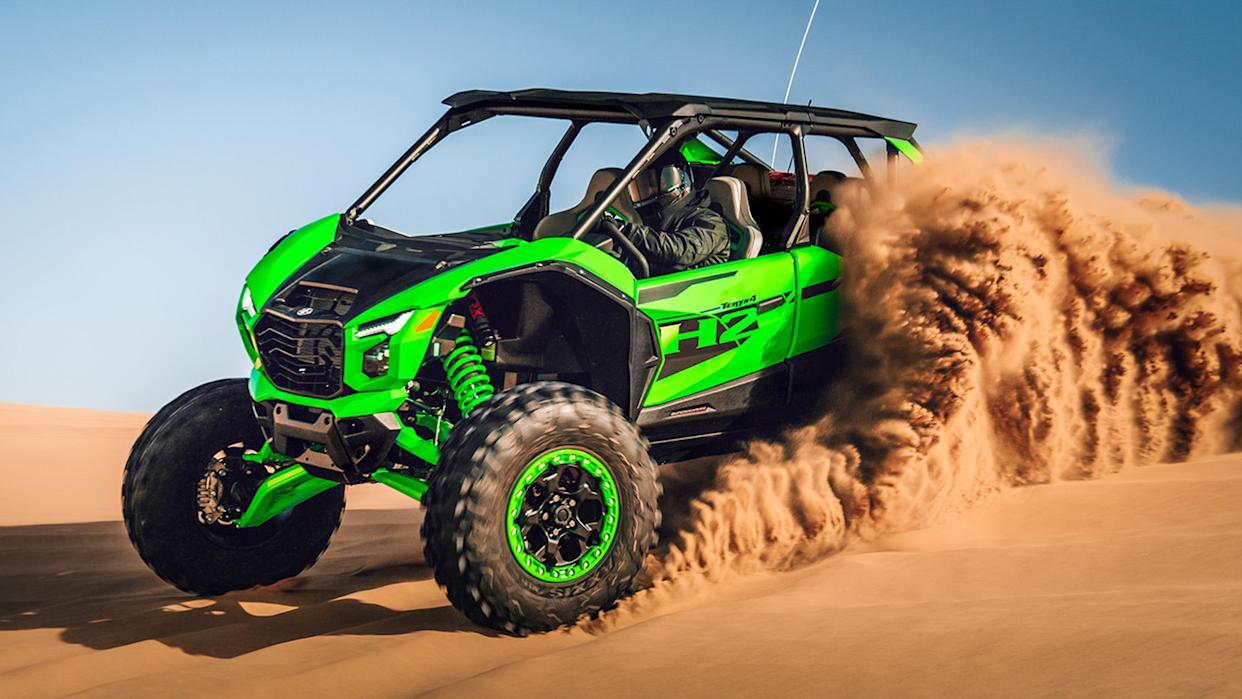
As if a 225-horsepower Polaris and a 240-hp Can-Am UTV weren’t enough, there’s now a boosted Kawasaki side-by-side making 250 flippin’ horses. It’s called the Teryx H2, and it runs a supercharged 998cc four-cylinder engine that whoops the RZR Pro R’s naturally aspirated 2.0-liter and the Maverick R’s turbo lump. And at $37,199 before delivery fees, it’s priced just below its four-door rivals. What a hoot.
The Teryx H2’s supercharged engine is the first of its kind in the performance UTV space, and it’s borrowed from the Ninja H2 superbike. Kawasaki developed its own centrifugal-style blower that spins at 13.6 times the engine speed, so when the power plant is revving to its 9,500-rpm max, the supercharger is whirling at nearly 130,000 rpm. The manufacturer says it increases pressure “to as much as 2.4 times atmospheric,” which is somewhere around 35 psi if I’m using this converter tool correctly. Don’t worry; it has an ECU-controlled blow-off valve that allows excess boost to escape.
All that air requires a ton of fuel, so Kawasaki has foregone the typical single throttle body and instead used four separate ones measuring 40mm each. It also has two sets of injectors—a pair of 12-hole “downstream” injectors located near those throttle bodies, which are better for low-rpm control, and a pair of 10-hole “upstream” units that kick in above 5,000 rpm. Kawasaki says this dual-injector setup allows the air-fuel mixture to cool more by the time it reaches the combustion chamber, resulting in a more efficient fuel burn. Smart.

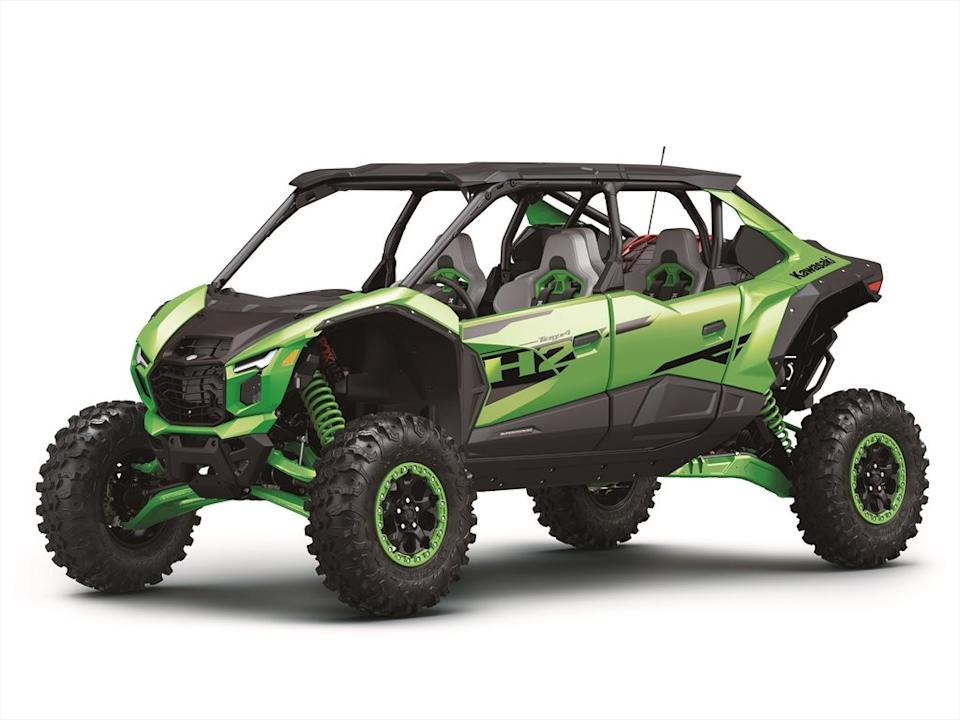
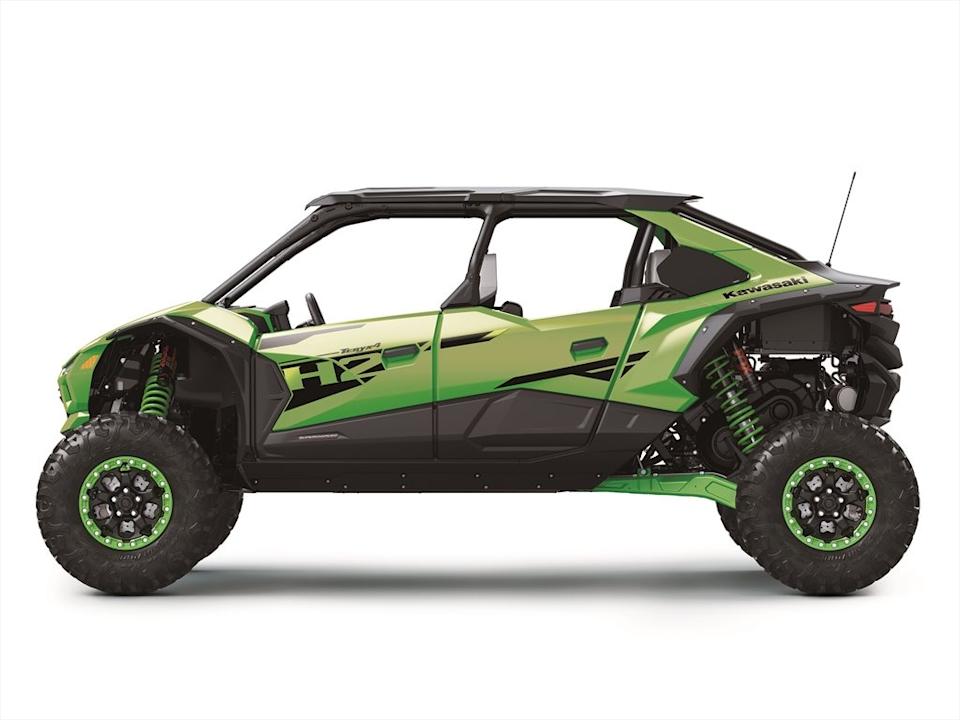
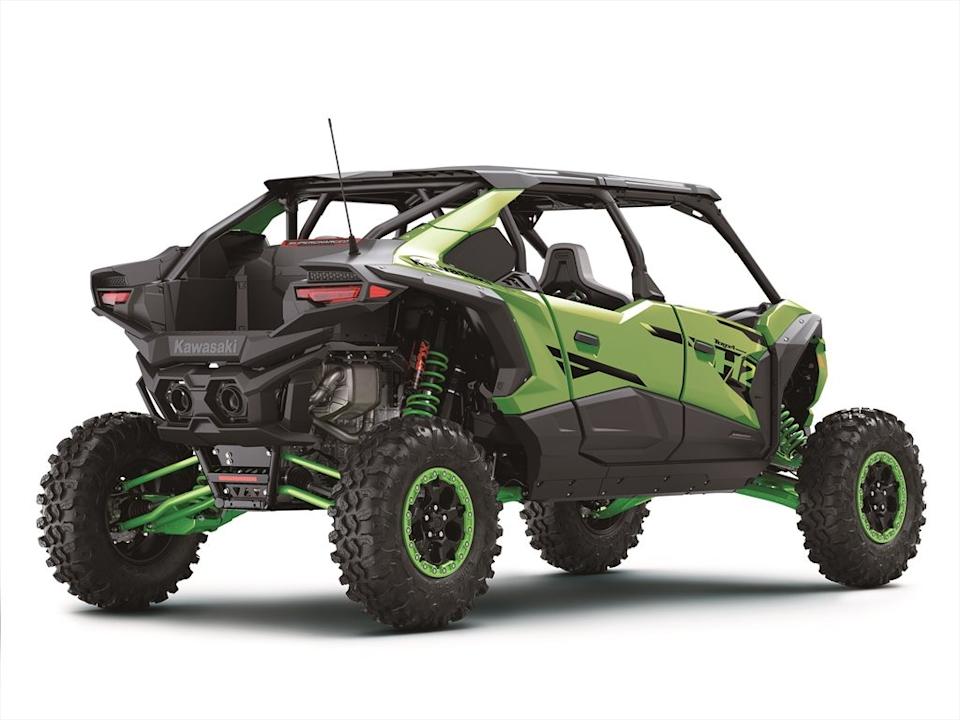
You won’t find a dual-clutch automatic here as the Teryx H2 sticks to a continuously variable transmission. I don’t see that as a bad thing, necessarily. It utilizes a rubber belt that’s a good deal thicker than the KRX’s at 17.6mm. Kawasaki also gave the CVT its own snorkel air intake, which is cool in both the literal and figurative sense of the word.
Interestingly, the Teryx H2 offers Full, Mid, and Low Power modes, so you don’t have to manage all 250 hp in every situation. Mid Power mode knocks it down to 80% of its full capability, while Low Power mode takes it to 60%. I can definitely see this being helpful on trails where you might not want all the juice it has to give on a slower, more technical section, where the front diff lock also comes in handy. It’s almost like a multi-position tuner on a car or truck. Drivers can also shift in and out of 4×4 on the fly.
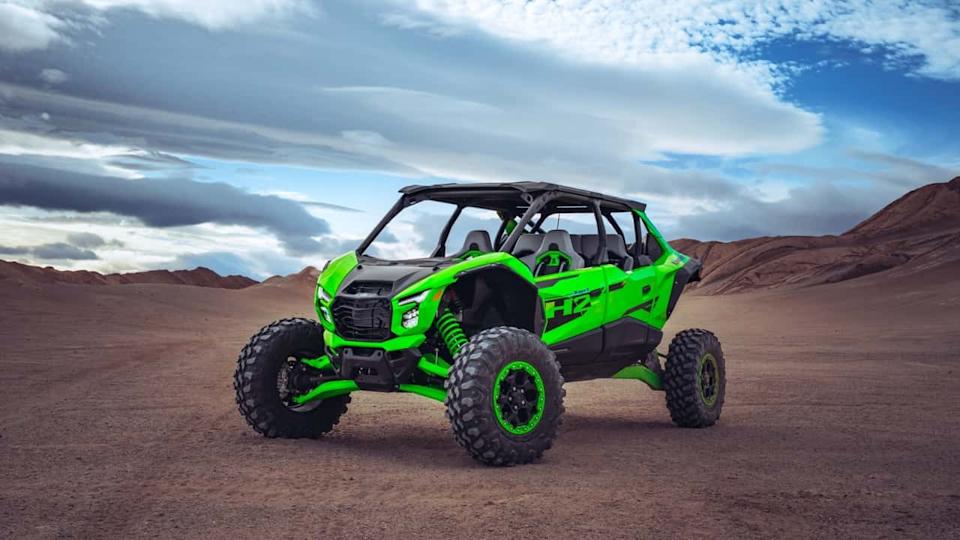
Anybody who’s into performance UTVs knows the suspension matters just as much, if not more than, the power. That’s why Kawasaki gave the Teryx H2 a set of Fox 3.0 internal bypass shocks, and the Deluxe models feature electronically controlled Live Valve units. These are essentially the industry standard, so there shouldn’t be any question of whether or not the green machine can keep up with the Polaris and Can-Am on most trails. (Top-line specs in this category include 23.2 inches of front suspension travel and 24.0 inches of rear wheel travel, which aren’t quite as good as the RZR Pro R or Maverick R, for what it’s worth.)
Dimensions for the Teryx H2 come in at 159.4 inches long and 74.0 inches wide, with a 126-inch wheelbase. It’s not quite as lengthy as the Polaris and Can-Am, which is a plus in my eyes. The Kawasaki is also lighter at 2,373 pounds in Teryx5 Deluxe spec, whereas the equivalent Maverick R is 2,640 pounds dry, and the Polaris is 2,480 pounds.
It’s important to note that these comparisons are between four-door models, as the Kawasaki isn’t offered in two-door spec. However, you can get it with four or five seats.
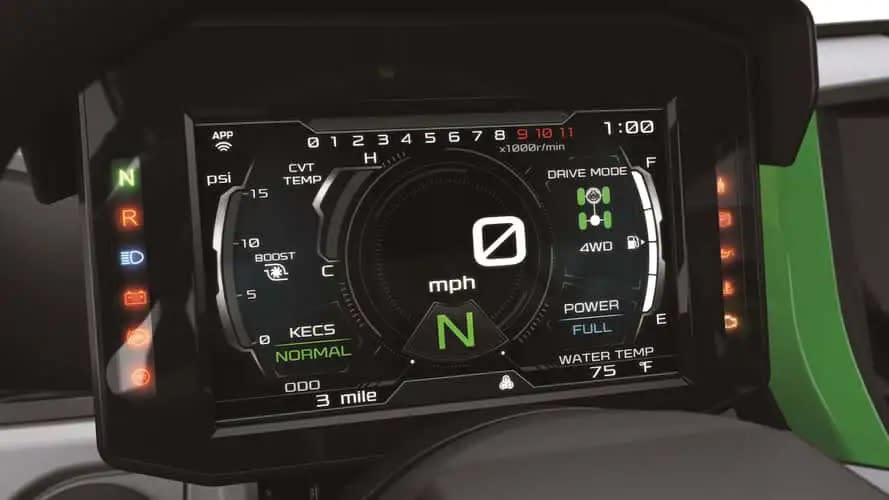
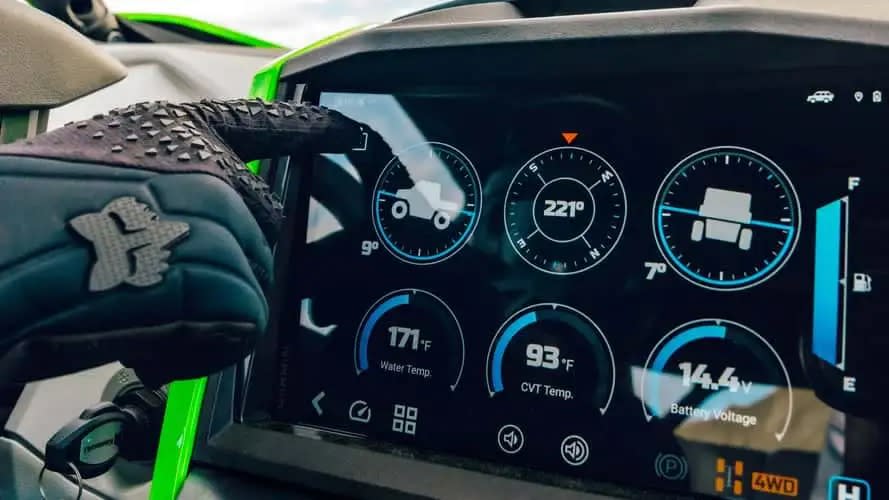
The Teryx4 H2 starts at $37,199 and goes up to $43,199 for the four-seater deluxe model. If you need the fifth seat, you’ll pay just a bit more at $43,699. It’s crazy to think that this is “cheap” for the segment, but indeed, it’s the least expensive of the three major players. I’ve tested both the Polaris and the Can-Am before, so when I finally get my hands on the Kawasaki, I’ll let you know how they compare.
My guess is it’ll be mighty close.
Got a tip or question for the author? Contact them directly: [email protected]

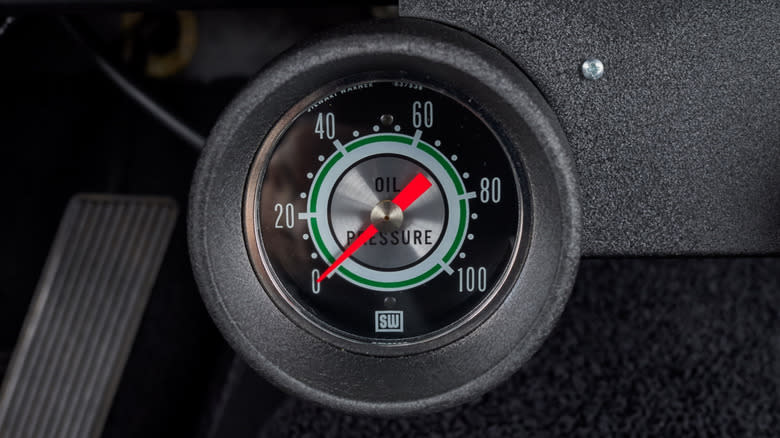




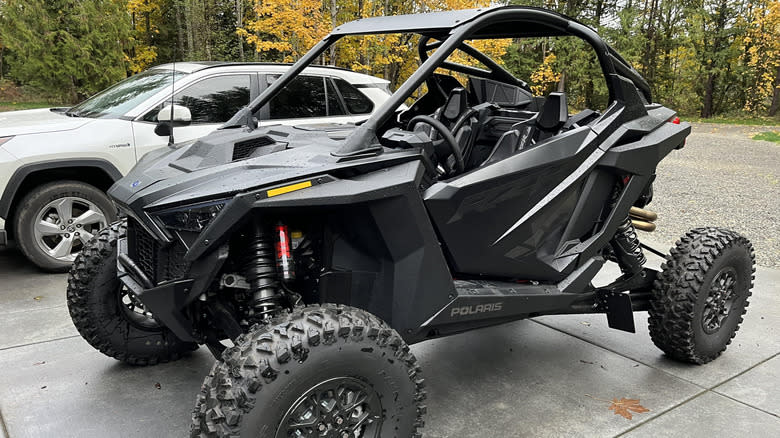
Comments